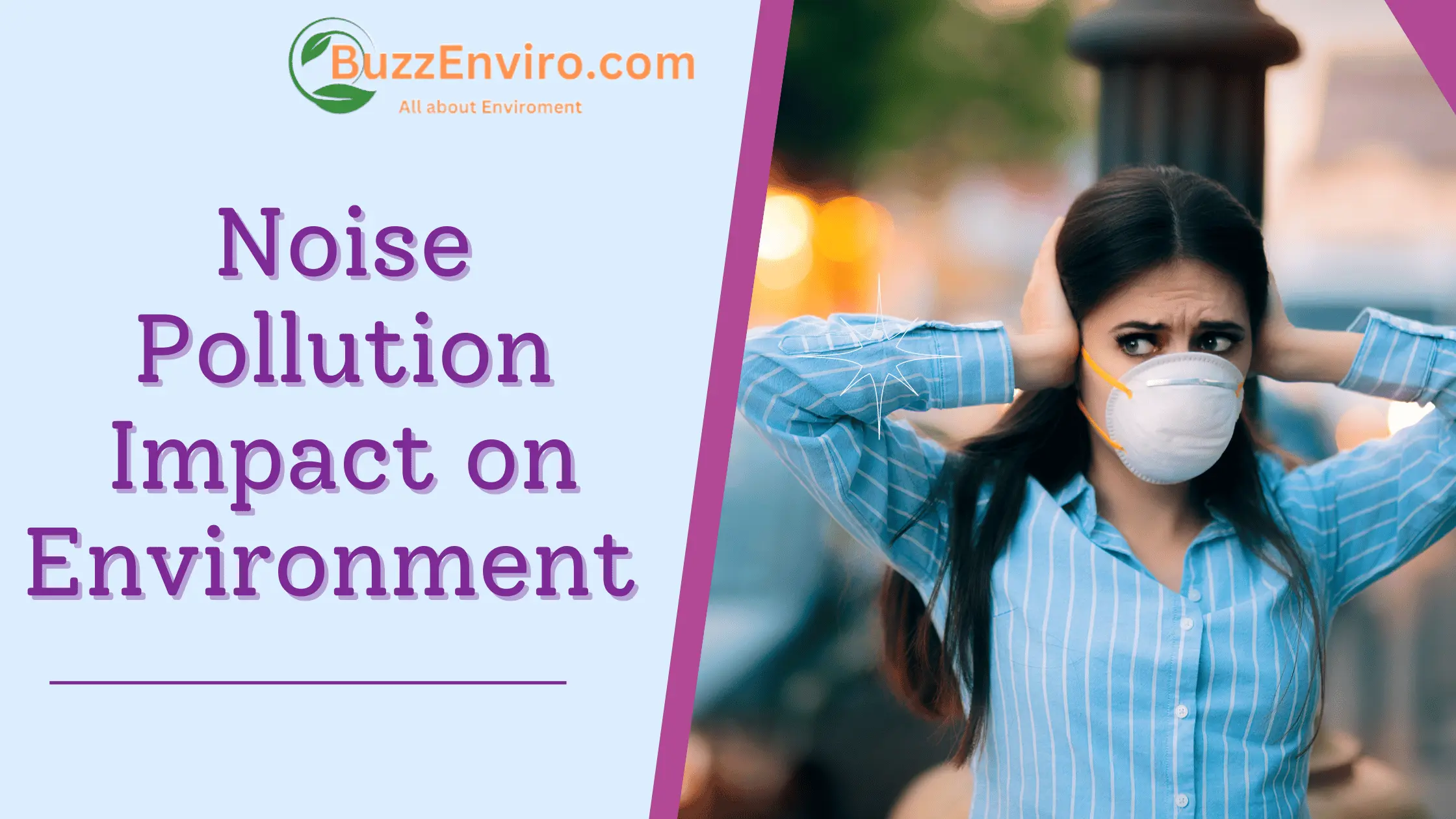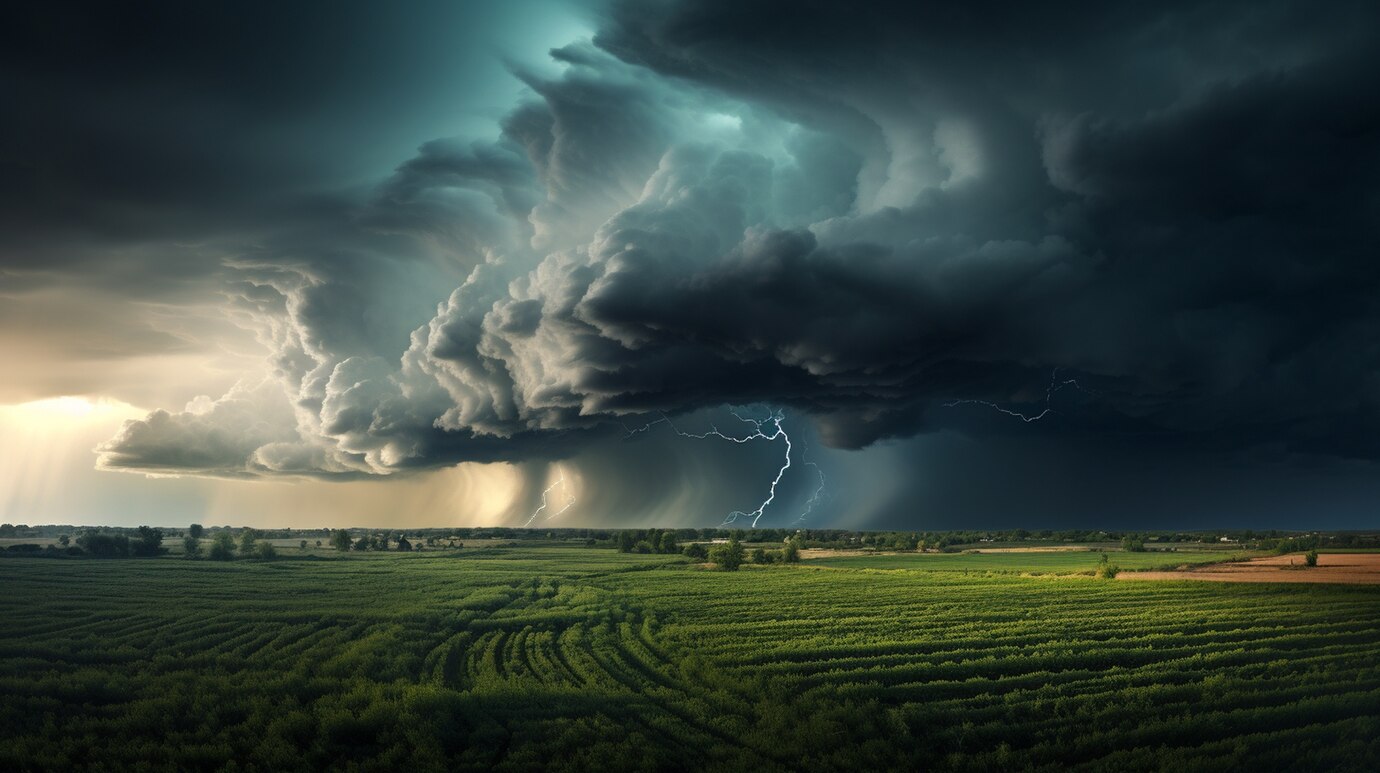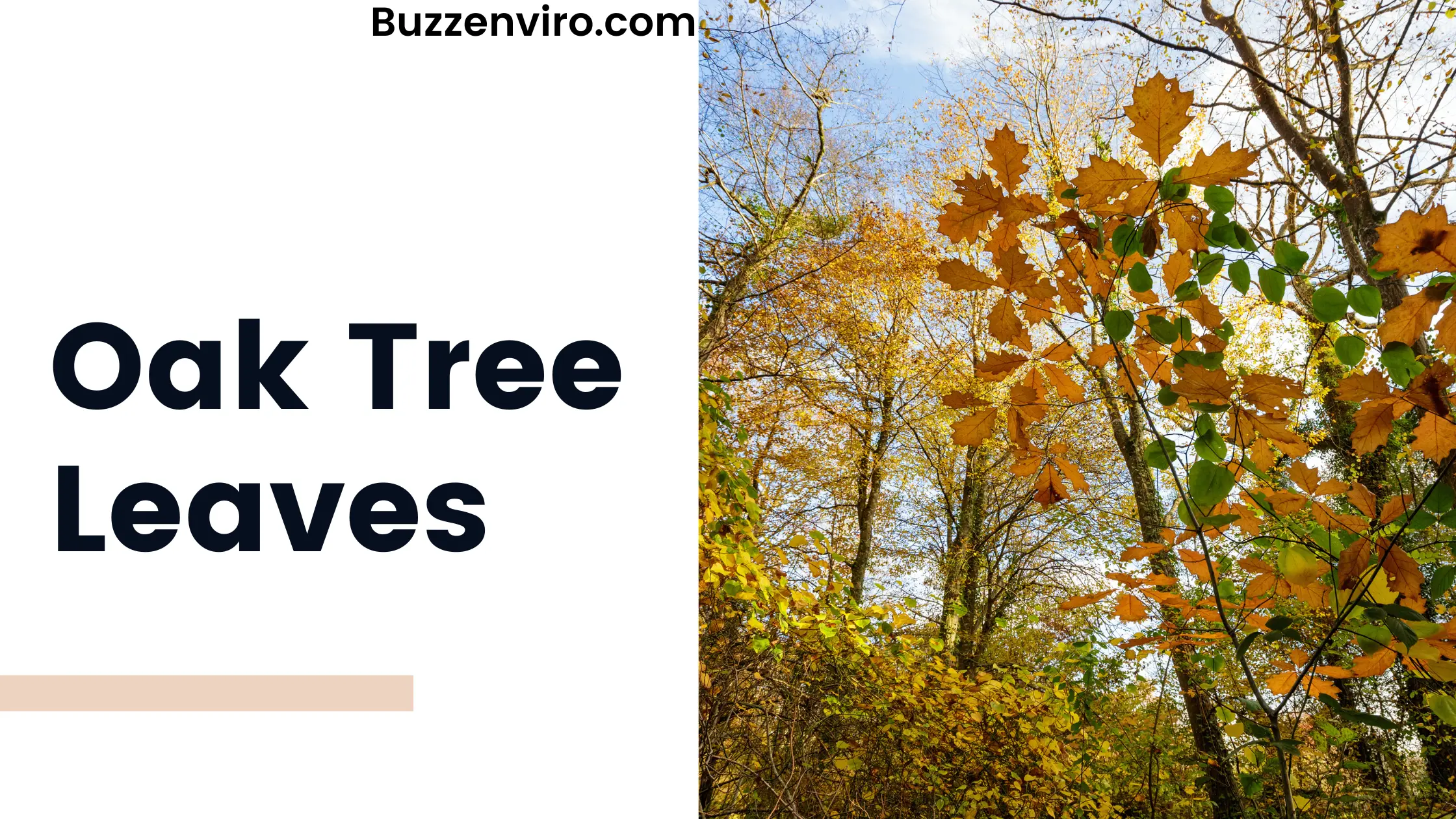When was the last time you were in a place that wasn’t disrupted by human noise? We may have gotten used to hearing the hum of traffic in the distance and the hum of planes in the sky, but there isn’t a place that isn’t affected by some form of noise pollution.
Noise pollution is a form of pollution that goes beyond the noise levels of the environment and has a negative impact on humans and animals alike. It is a form of environmental degradation that is caused by humans. Noise pollution can put animals under stress, have a negative impact on their health, and even cause behavioral alterations in birds. A study on the impact of noise on birds
Noise pollution is when the frequencies emitted interfere with information transmission in animals, especially those that use a similar frequency for communication. For example, noise pollution can lead to increased anti-predation behaviors in non-predatory situations. Noise pollution can also affect species vocalization. It can also lead to an increase in stress and stress-related diseases. And it can have a negative impact on populations.
What is Noise Pollution?
Noise Pollution is a type of noise that is not intended to be heard. Noise pollution typically refers to work noise, rather than social noise or noise from the environment, such as construction.
In the European Union, approximately 56 million people live in regions with a population over 250,000. These areas are more exposed to traffic noise than average. In the United States of America, there is evidence that noise from street traffic is increasing in California and is increasing at 6.7 decibels per hour (DBA).
Noise pollution’s impact on the environment can be classified as:
1. Chronic Contamination:- Hearing loss is caused by long-term exposure to noise pollution.
2. Temporary Contamination with Physiological Damage:- An example of exposure to a restricted noise source is an exposure to explosives.
3. Temporary Pollution Without Damage:- Like street noise, continuous noise for a short time can cause temporary hearing loss.
Low frequency noise, on the other hand, is the background noise that is produced in urban settings, such as by air conditioning systems or vehicles. Traffic makes up 80% of environmental noise. Animals can be affected by traffic noise, as it can reduce their ability to forage, and birds can be affected by it, as it can damage their reproductive system.
Examples of Noise Pollution
New York City, United States
Noise pollution in New York City is consistently cited as the number one quality of life issue facing New Yorkers. Sound pressure levels in midtown Manhattan were reported to be 70 to 85dB, above average and at a level that is hazardous to health. More than two million New Yorkers reported being disturbed from sleep at least once a week, and 78% said they were disturbed three or more times a week. According to a study on the effects of noise on sleep, traffic noise was responsible for 53% of sleep disturbance.
Measured locations with noise levels higher than 70dB increased the risk of hearing loss, particularly in areas with high traffic volume, during the early and late morning and evening commute periods, and in all areas of Manhattan, as assessed in an assessment of noise at street-level New York City. The highest noise measurements occurred when sirens were present, heavy pedestrian traffic was present, or when construction was going on. Street-level noises make up 4% of the total noise exposure for the NYC public.
Effects of Noise Pollution on Wildlife
Animals are the most affected by noise pollution. Noise can interfere with an animal’s ability to hear acoustic signals, interfere with courtship behaviour, reduce egg production in birds, and reduce the number of offspring reaching reproductive age. When an animal detects an acoustic signal, noise can be produced at the same frequencies as the animal’s vocalization’s and can interfere with information transmission.
Whether you’re an amphibian, arachnid, bird, or fish, or you’re a mammal, shellfish, or reptile, noise can have a knock-on effect.
Whether you’re an amphibian, arachnid, bird, or fish, or a mammal, shellfish, or reptile, noise can have an impact on any of these creatures.
How Noise Affects Animals?
1. Hampers Communication
Vocalisation and other signals are the primary means of communication for most animals. When interference is present, it makes it difficult for animals to locate their partners, alert them to potential threats, mark their territory, and coordinate group activity.
2. Disrupts Reproduction
Noise pollution can be disruptive to breeding behaviour and reduce reproductive success. For example, loud noises in the vicinity of nesting sites can encourage birds to leave their nests.
3. It compromises dwindling habitat
The impact of noise on habitat quality, which is already at an all-time low.
4. It alters Foraging Patterns
Noise can have a negative impact on the way animals are able to find food. For instance, the sound of ships can lead to marine mammals not being able to locate certain places to feed.
5. It leads to stress and health issues
Like humans, long-term exposure to loud and continuous noise can cause chronic stress for non-human pets, which can have a variety of negative consequences.
6. It drowns out Environmental Cues
Environmental noise pollution can reduce the ability of animals to hear vital signals that they have long used to navigate and locate prey or predators.
7. It disorients and can cause strandings
In particular, underwater noise, such as from boats or oil rigs, can cause marine animals to become disoriented and end up stranded on the beach or collide with boats.
How to Reduce Noise Pollution

The study found that trees can be used to reduce noise pollution by reducing the area where noise is generated and increasing the presence of trees with tree belts at least 12m wide. In urban areas, trees can act as a barrier against noise pollution. Another study found that planting tree belts at 30m width on the roadside can reduce noise pollution by over 6dB more than if a grassland were to be planted. More trees, branches and leaves can reduce noise pollution.
Many U.S. state and local governments have regulations in place to limit noise pollution. For instance, New York has a regulation that focuses on occupational noise exposure. This includes monitoring noise and providing personal protective equipment (PPE). Many state and local governments across the U.S have their own noise pollution regulations; however, many of these focus on the human effects of noise pollution rather than the environmental effects.






